Search results for 'de 1 2'
-
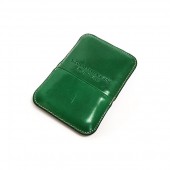
Leather Card Holders
Starting at: £38.50
-

Hand Lay Figure
Starting at: £31.35
-
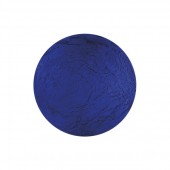
Blue Verditer Pigment
Starting at: £7.50
-
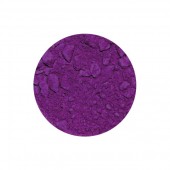
Cobalt Violet Dark Pigment
Starting at: £14.00
-
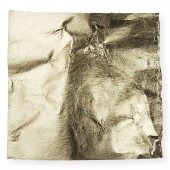
Cornelissen Imitation Gold No 2.5
Starting at: £7.40
-

Cornelissen 80 Victorian Gold Leaf 23 ct
Starting at: £63.80
-
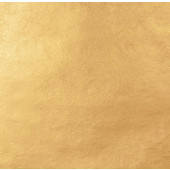
Cornelissen 85 Antique Gold Leaf 23 3/4
Starting at: £78.50
-
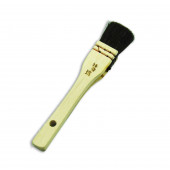
Sosaku Brush 24mm
£11.15 -
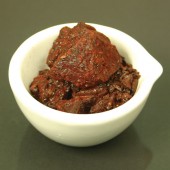
Dragon's Blood Pieces
Starting at: £25.40
-
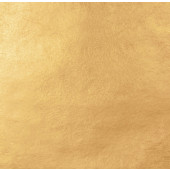
Gold Leaf Starter Packs
Starting at: £14.50
-
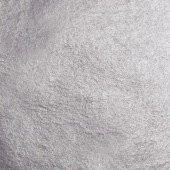
Cornelissen 80 Platinum Leaf
Starting at: £71.30
-
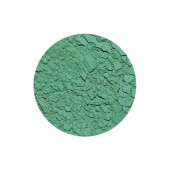
Cobalt Green Light Pigment
Starting at: £8.70
-
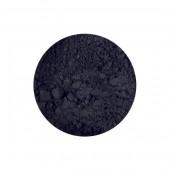
Ivory Black Genuine Pigment
Starting at: £38.00
-

Cadmium Vermilion Pigment
Starting at: £7.50
-
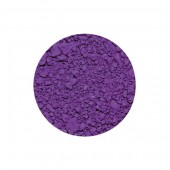
Ultramarine Violet Pigment
Starting at: £6.20
-
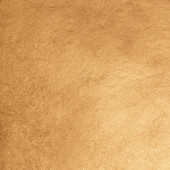
Cornelissen 80 Red Gold Leaf 23 ct
Starting at: £63.80
-
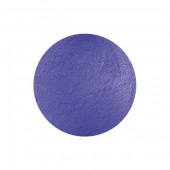
Egyptian Blue Pigment
Starting at: £5.90
-
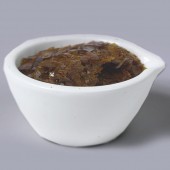
Lemon Shellac
Starting at: £8.20
-
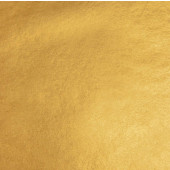
Cornelissen 85 Pure Gold Leaf Extra Thick 24 ct
Starting at: £79.80
-
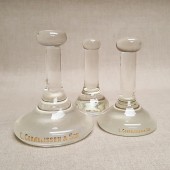
Cornelissen Glass Mullers
Starting at: £24.50
-
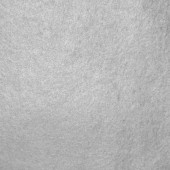
Cornelissen Silver Leaf Thin
Starting at: £12.50
-
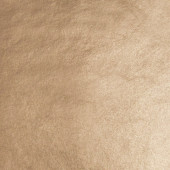
Cornelissen 80 Moon Gold Leaf 22 ct
Starting at: £63.50
-
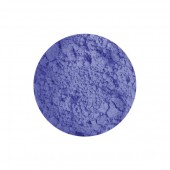
Cerulean Blue Pigment
Starting at: £14.50
-
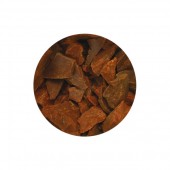
Gamboge Pipe Pieces
Starting at: £22.00
Call to Order
-
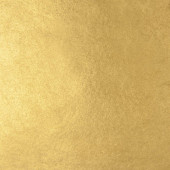
Cornelissen 85 Standard Gold Leaf 22 ct
Starting at: £69.80
-
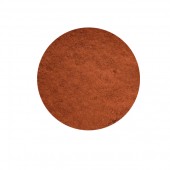
Burnt Green Earth Pigment
Starting at: £8.00
-

Cornelissen 80 Lemon Gold Leaf 20 ct
Starting at: £56.50
-
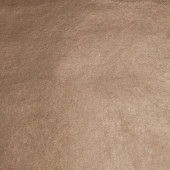
Cornelissen 80 Renaissance Gold 22.5 ct
Starting at: £63.20
-
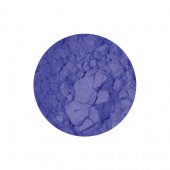
Smalt Light Pigment
Starting at: £5.20
-
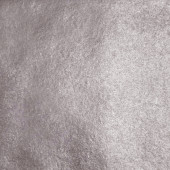
Cornelissen 80 Palladium Leaf
Starting at: £75.40





